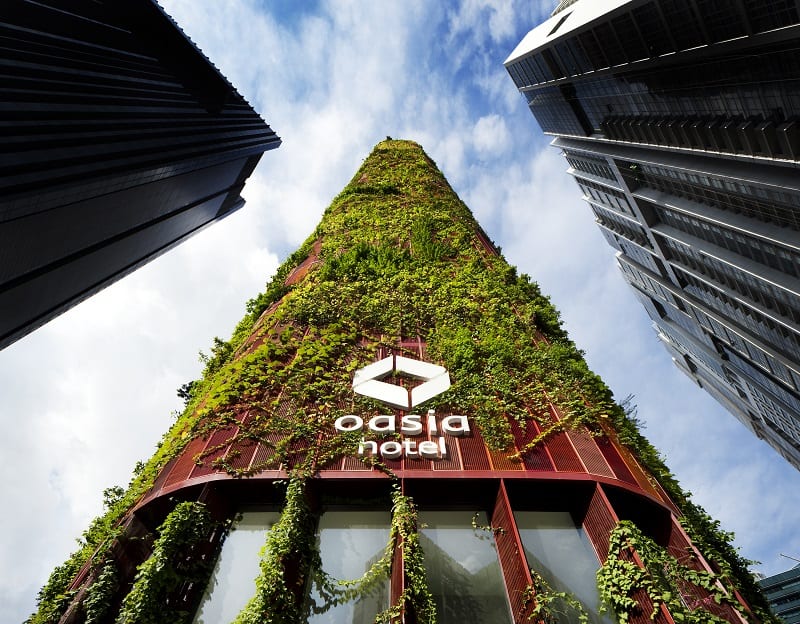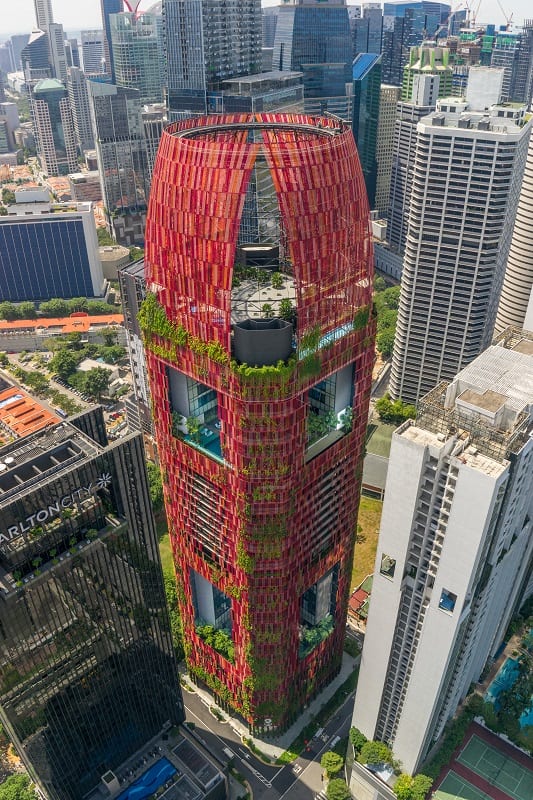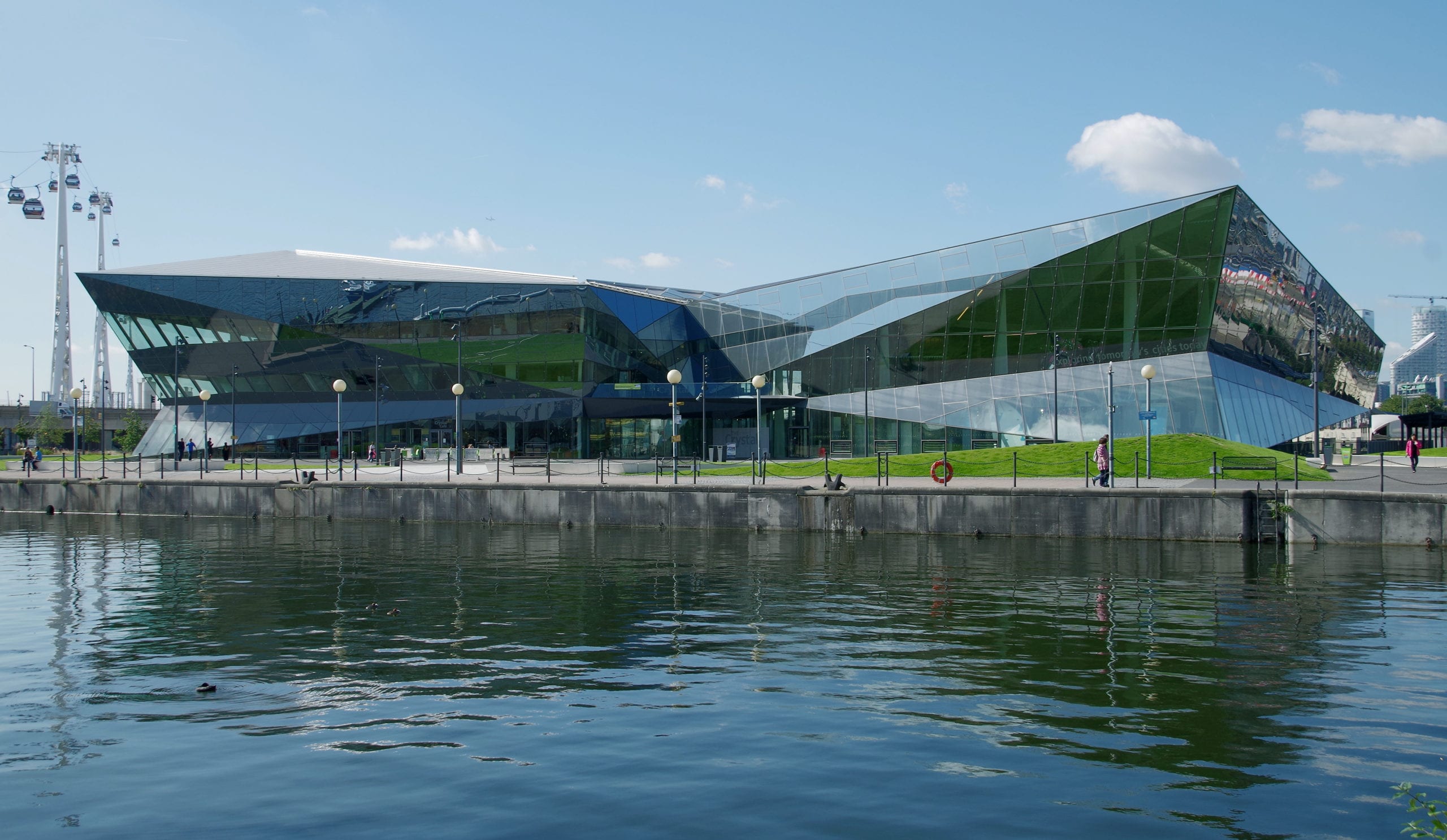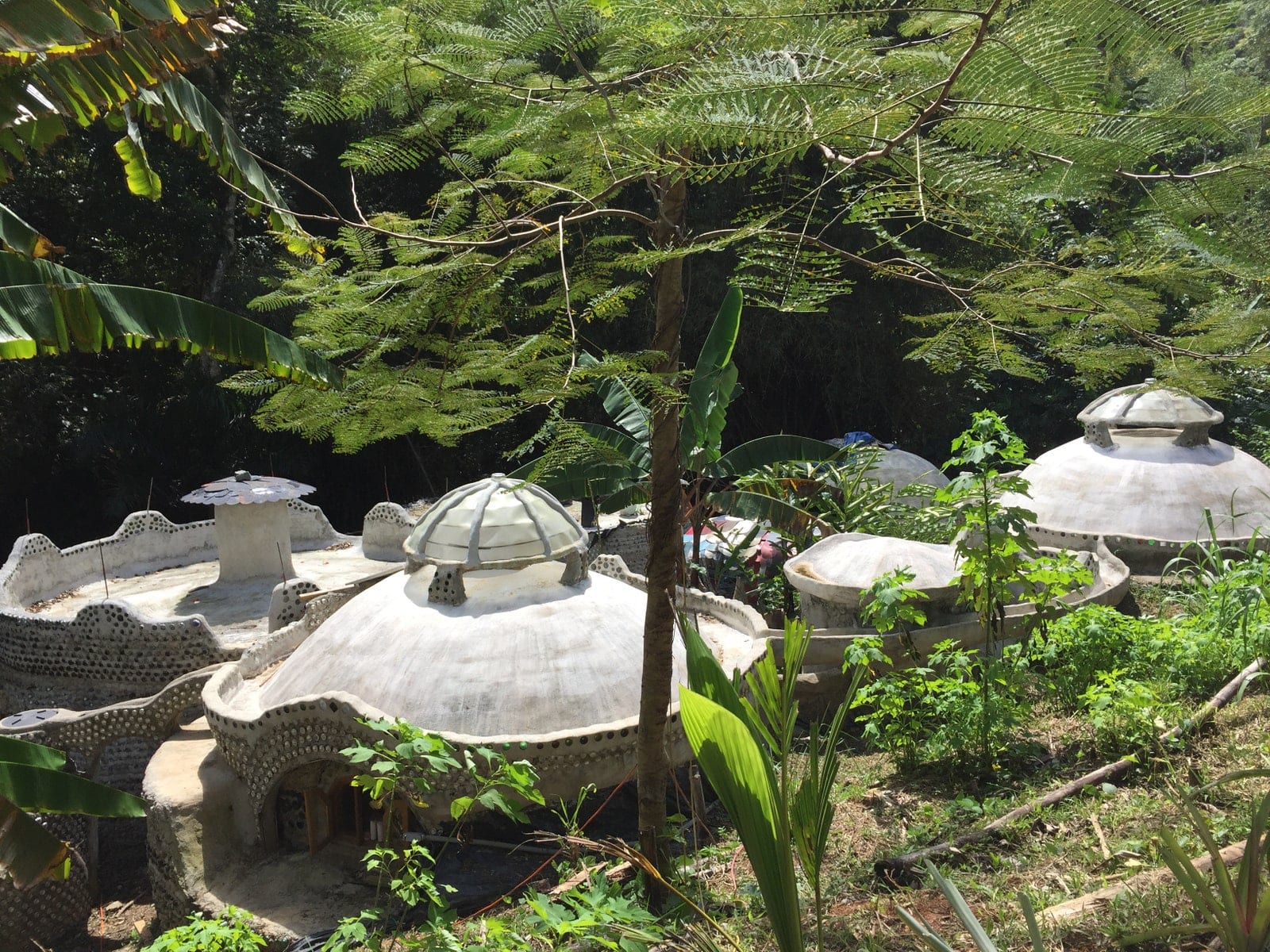The definition of Architecture is the Art of designing and constructing buildings and the one of interior design is the art or process of designing the interior decoration of a room or building. Both modify their environment by transforming or creating space. They aim to improve the quality of life of people in their environment.
Considering their definition, it would be logic that interior design and architecture take into account their environment and include sustainability in their core. And it’s more and more the case!
But first let’s be precise that this article doesn’t aim at telling design professionals to move to sustainable projects only but is more some food for thought, some examples of sustainable architectures or interiors, some principles of sustainability.
Sustainability can be achieved through different ways starting by selecting eco-friendly products or materials. Green architecture is a way to reach sustainability.
For example using trees as a design element is something more and more common as they provide shade, boost air quality, and reduce air-conditioning
Let’s take a closer look to the Oasia Hotel Downtown in Singapour.
The external facade is covered by natural vine. Its four sky terraces comprise 1,793 large planter boxes, and four large structural cores that allow for good cross ventilation reducing the overall energy cost. The hotel, which was designed by the firm WOHA, hosts 33 species of plants!


Another example of green building is the Crystal built by Siemens in London which uses natural light as electricity is mainly powered by photovoltaic solar panels. Moreover the Crystal is illuminated by an integration of LED which is switched on and off depending on the amount of daylight.
Finally, the building’s roof acts as a collector of rainwater which can be converted as drinking water.

This goal of green architecture has also been materialized over the past few years by the creation of the LEED certification, a rating system that builders, developers, and architects can adhere to. This certification takes into account location and transportation, water inefficiency, energy performance, the materials and resources etc.
Another recognized standard is the Passive House. Originated in Germany in the mid 1990s, Passivhaus, Passive House buildings generally cut energy consumption by 60-70 percent while LEED certified buildings typically use 25-30 percent less energy. Rather than rely on solar panels or wind turbines, Passive House is a building standard focused on the development of properties that use less energy from the start. Passive House is also more accessible as less costly.
Another example of green design which can be seen a bit more “extreme” is the work of Earthship Biotecture which is specialized in self-sustaining homes. Founded by Michael Reynolds, the origin of the project lies in the “thumb house”, a desert dwelling built out of 70,000 discarded beer and soda.
To date, Earthship Biotecture has created around 1,000 energy-efficient houses in more than 40 countries around the globe, ranging from luxury rentals to disaster shelters. Each building generates its own electricity, processes its own sewage, collects rainwater, and maintains temperature without any additional fuel.
His most recent and impressive work is the Villa Bonuco. After a terrible Hurricane in Puerto Rico in 2018, the firm and more than 200 locals gathered approximately $80,000 worth of raw materials and a whole lot of tires into what consist of five Earthship structures centered around a garden.

But sustainability is not only about ecology it’s also about social and economic practices.
In this era of mass production & consumption leading to a quantity of waste, people are more and more valuing what they have. This lead us to interior design and craftsmanship.
Unique products or products made in a limited quantity, handmade and with a story that is something that participates to achieving sustainability.
Obviously hand-crafted products are more expensive than mass-produced uniformed ones but despite economic challenges, consumers are more and more willing to pay a premium for creatively crafted products.
Therefore, homes can be responsibly furnished and decorated with carefully-crafted pieces. Why ? because it lasts longer, because their creation imply fewer waste materials as more has been put into the design and creation thinking.
